Physics
Fox
Summary
- All matter is made of atoms.
- Atoms are made up of a positively-charged nucleus in the centre, surrounded by negatively-charged electrons.

-
The nucleus is itself made up of positively-charged protons, and neutral neutrons:

- The electric force is what keeps the atom together, because the negatively-charged electrons are attracted to the positively-charged nucleus.
- For any atom, the number of protons = number of electrons, so the total charge = 0. When the number of protons does not equal the number of electrons, it is instead called an ion.
We have previously introduced atoms as tiny spherical objects that make up all matter. Atoms are so tiny that it takes 100 million atoms in a line to reach from one side of your fingernail to the other.
W
o
w
z
e
r
s
.

As tiny as they are, atoms are themselves made up of even smaller particles. These are called protons, neutrons and electrons.
Atoms are made up of a positively-charged nucleus in the centre, surrounded by negatively-charged electrons.

The nucleus is itself made up of positively-charged protons, and neutral neutrons. This table lists the charges, masses and locations of these these particles within the atom:

The electric force is what keeps the atom together, because the negatively-charged electrons are attracted to the positively-charged nucleus.
The masses of the proton, neutron and electron in the table are the relative masses. This means it's the mass compared to a proton's mass (instead of the mass in kg, as we'd normally do). So the mass of a proton is 1 when compared to a proton (of course it is), the mass of a neutron is the same as a proton, and the mass of an electron is 1/1800th that of a proton.
There are different types of atoms. You might have heard of a few of them: examples include hydrogen, carbon and iron. The scientific term for a 'type of atom' is an element.
The only thing that distinguishes one element from another is the number of protons in the nucleus. For example, hydrogen has 1 proton, carbon has 6 protons, and iron has 13 protons.
 Hydrogen atom
Hydrogen atom
 Carbon atom
Carbon atom

Despite this being the only difference, different elements can have completely different properties. For example, hydrogen forms a transparent gas, but iron forms a shiny solid.
The subject of chemistry deals how different elements interact with each other.
Sometimes atoms can gain or lose electrons. This means the atom is no longer neutral, and we instead call it an ion.
An ion with more electrons than protons has a negative charge. Here's an example of Carbon with 2 extra electrons: (known as C2-)

An ion with more protons than electrons has a positive charge. Here's an example of Carbon with 2 electrons removed: (known as C2+)

You may have already seen the word 'nucleus' used in your Biology lessons — most biological cells contain a nucleus in the centre, much like how every atom contains a nucleus in the centre.

A cell is of course much bigger than an atom; it is itself made of trillions of atoms! Similarly, the nucleus of a cell is much larger than the nucleus of an atom. It's like comparing the Milky Way to a milky way.

So why do they both have the same name? Atoms and cells both have a 'nucleus' because that is the latin word for the seed in the middle of a piece of fruit.

This is a very good question. The answer is that they do!

However, there is an even stronger force than the electric force which keeps the protons (and neutrons) together in the nucleus.
This force is the imaginatively-titled strong nuclear force. It's quite complicated, so we won't learn about it at this point. For now though, I will mention that the strong nuclear force exists because protons and neutrons are themselves made of even smaller particles, called quarks.

- The nucleus is actually tiny compared to the size of the atom — if an atom were the size of a football stadium, the nucleus would be the size of a pea!

- While protons and neutrons have a known size, it is not known whether electrons do. Experiments show that the maximum possible size of an electron is outrageously tiny, about 10 million times smaller (in width) than a proton. Because they are so tiny, many people think electrons have no size at all.
- Electrons don't really ‘orbit’ round the nucleus in fixed paths (like planets round the Sun). It's more accurate so say that electrons exist in a ‘probability cloud’, and they can be found anywhere within this cloud.
- Protons and neutrons don't have exactly the same mass — neutrons are actually 0.1% heavier than protons!
Congratulations!
11 of 11 questions completed
+ ⭐️ collected.
Sign up (for free!) to:
• save your progress 📊
• create constellations✨
• customise your fox! 🦊







